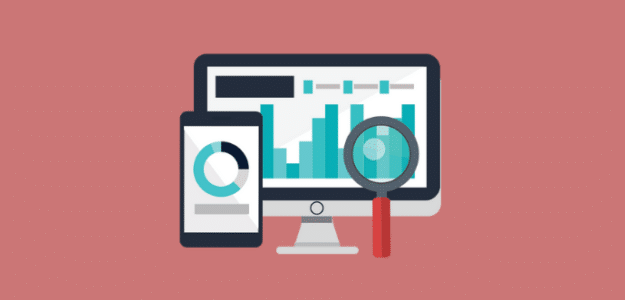In 2022, Google announced that it will retire the previous version of Google Analytics in July of 2023, and focus all future resources on Google Analytics 4 (GA4). The old version, known as Universal Analytics (or GA3), was first introduced in 2014.
To be exact, Google will stop collecting and feeding data to GA3 properties on July 1, 2023.
You may have received reminders from Google warning you about the cutoff date for GA3 and urging you to create a new property in GA4. If you take no action, Google will automatically create a new GA4 property for GA3 users beginning in March of 2023.
So, as the Universal Analytics “sunset” approaches, what’s the best course of action for current GA3 and ExactMetrics users?
Because many sites still exclusively use Google Analytics 3, there’s a lot of concern and confusion among current Google Analytics users about the changeover. Don’t worry though, switching to the new platform isn’t as daunting as it might seem.
In this post we’ll explain Google’s current plans, how ExactMetrics is making the transition easy for our users, and what you can do to ensure a seamless move from GA3 to GA4.
What does the change to GA4 mean for me?
First, you can absolutely continue tracking data in Universal Analytics until the sunset. However, because the date is now official for this transition, you should set up a Google Analytics 4 property as soon as possible.
If you use ExactMetrics for your WordPress site analytics, you can set up a new GA4 property and still continue to use GA3 by using our dual-tracking feature. It’s completely okay to have a GA3 and GA4 property set up on the same website. Just be aware that they may show slightly different numbers due to the way they track data (more on this below).
After the sunset date, no new data will be sent into Universal Analytics and your site traffic won’t be tracked there. You’ll be able to view your old data for some time, but eventually Google will shut down access to GA3 and your historical data.
Should I start using Google Analytics 4 now?
Yes, you should set up a Google Analytics 4 property as soon as you can. Since your historical data will not be transferred to any new GA4 property, it’s important to start sending data to Google Analytics 4 now.
Once the July 1, 2023 date passes, historical comparisons of user activities like clicks and pageviews will become much more difficult. Eventually, when Universal Analytics goes away entirely, this sort of comparison will be impossible.
That’s why we recommend that you start using Google Analytics 4 now. Even if you want to continue using GA3 as long as possible, you should begin collecting data for future analysis in GA4.
What’s going to happen if I don’t switch?
As we mentioned, Google will automatically create a new GA4 property for you in March of 2023 if you haven’t already done so. Google’s automated migration is designed to transfer conversion events, Google Ads links, and existing website tags to the new GA4 property.
Again, this won’t delete your GA3 account or stop it from collecting data. However, if you’d rather create your own GA4 property, follow this guide to opt out of Google’s forced migration.
For ExactMetrics users, you’ll also get upgraded to a GA4 property automatically if you don’t switch over before the sunset. Otherwise, your ExactMetrics reports would stop showing new data in July 2023.
Is Google Analytics 4 different from Universal Analytics?
In one word: Yes!
The list of changes continues to grow, but overall you should be prepared for a major shift in the way Google Analytics works and looks. New features are being added constantly, but the things we believe will make the most difference to users at this time are as follows:
The GA4 Analytics Interface Is Completely New
If you look at statistics inside Google Analytics beyond what we show you inside your WordPress dashboard, you’ll see that the new version looks completely different. The navigation and reporting setup is different.
Some reports have been renamed or removed, and in some cases metrics like bounce rate have been replaced.
While the interface does allow seemingly endless customization, expect a learning curve.
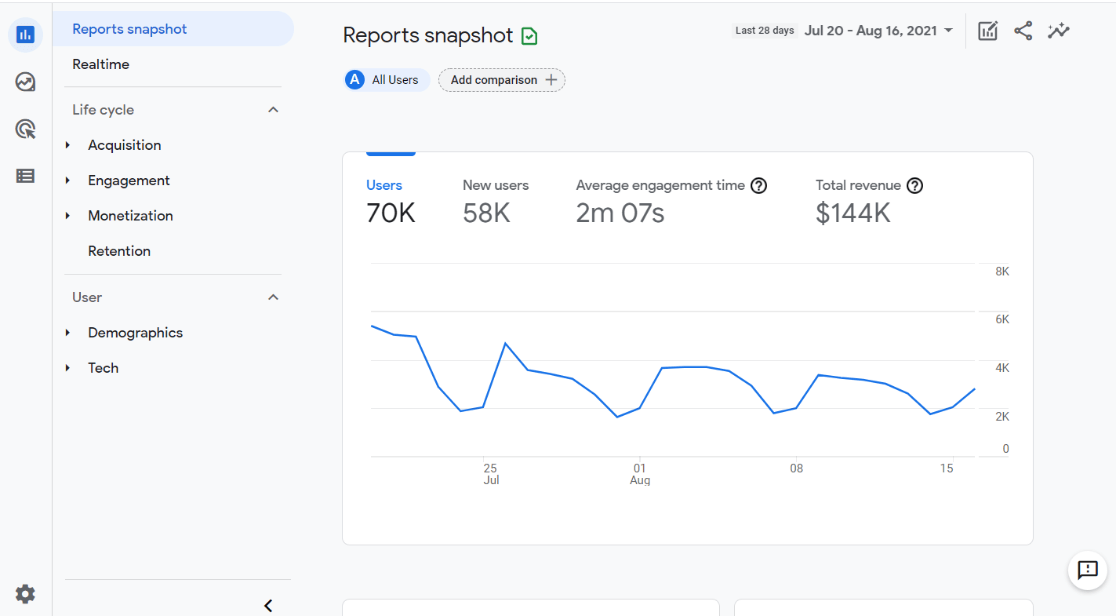
Data Is Tracked Differently
In Google Analytics 4, tracking analytics activity is focused on events, rather than sessions and pageviews. This means that user actions such as link clicks, scrolling, and file downloads are all recorded. But, this also means that you’ll need to update the way your website sends data to analytics.
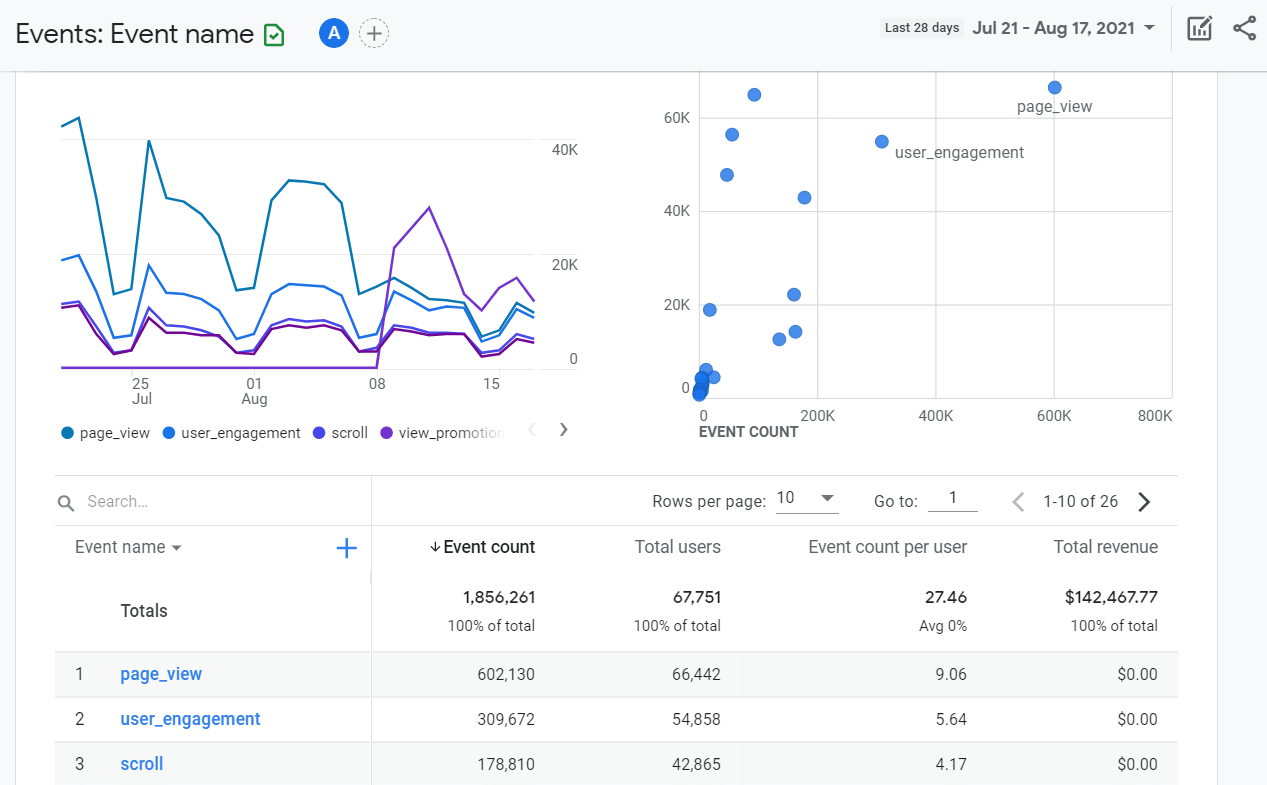
New Metrics and Reporting
Because data is tracked differently in Google Analytics 4, you’ll have access to new metrics like Engaged Sessions. And with new metrics comes new reports! If you’re familiar with Google Data Studio, or Google Ads reporting, you should feel comfortable. You now can create data tables based upon your own custom metrics, segments, and dimensions.

Conversion Events Replace Goals
If you’re using goals to measure website activity, these are replaced with “Conversion Events.” If you have previously created goals for things like page views, file downloads, or purchases, you’ll need to verify that you have equivalent conversions marked inside Google Analytics 4.
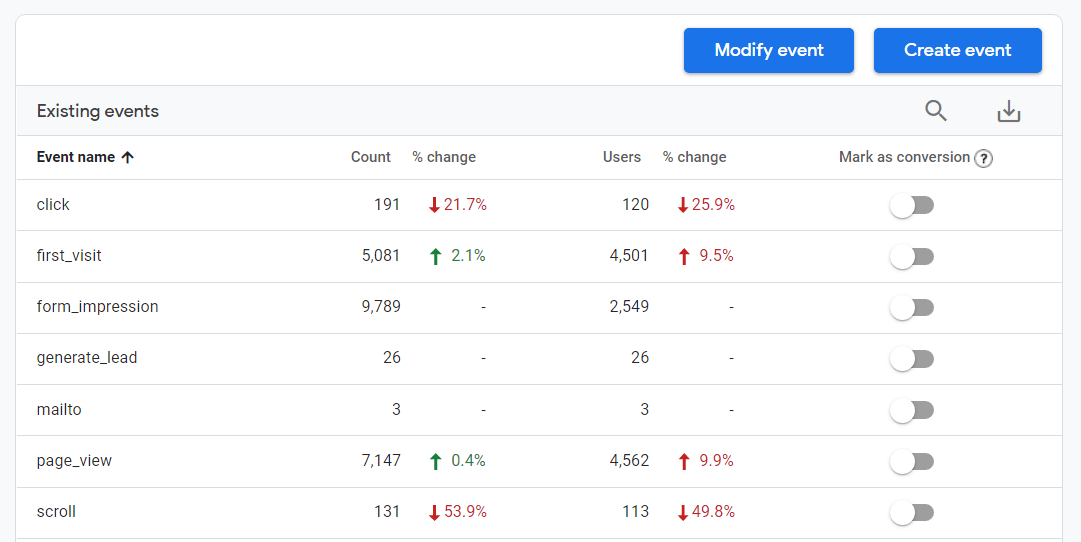
Privacy First
The world has changed since Google Analytics 3 was released. Many new privacy laws were enacted both in the USA and abroad with laws like GDPR and PECR. (In fact, we even have an EU compliance addon). Google Analytics 4 was built with privacy in mind, helping you stay more compliant from the start.
Machine Learning and Monetization
Google Analytics is big on utilizing machine learning to help its analytics users learn more about their website (or app) visitors. You can expect to see helpful insights about how your customers or website visitors initially find your website, interact with your content, and make purchases.
If you’re a Google Ads customer, you’ll see new ways to analyze that data with an increased focus on data-based attribution.
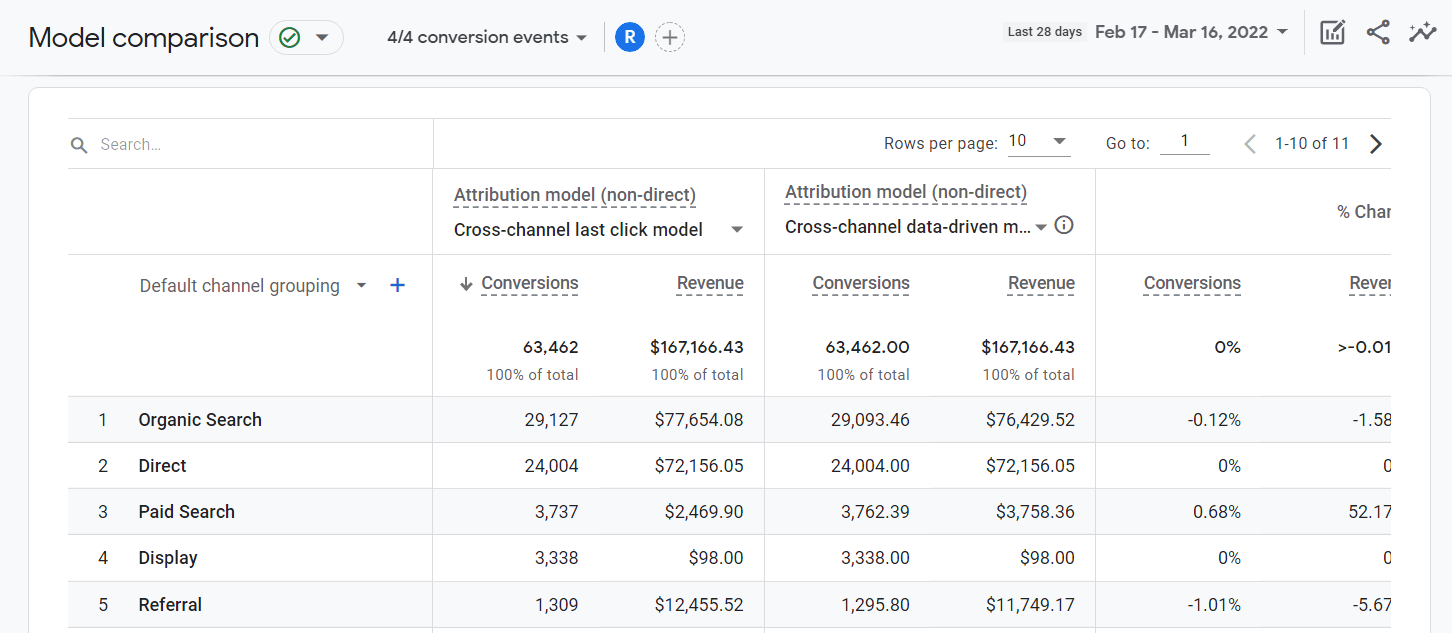
More New Features Still Coming
Many new features and reports are coming to Google Analytics 4. The Google Analytics team is now focused solely on GA4, and they’ll be continuously working on improvements and additions.
Keep following the ExactMetrics blog to stay ahead of these changes as they happen!
Find Out Which Version of Analytics You Have
We’ve built this tool to help you determine which version of Google Analytics your site is using. Simply enter in your URL. It’s easy to share with your colleagues to help them with their site status as well.
Our Thoughts About Google Analytics 4
Much has changed in website analytics since Universal Analytics was originally released. While Universal Analytics has more or less stayed the same, there’s been significant advancement with data analysis, modeling, and inspiration from other platforms and tools like Google Data Studio.
In addition to helping explain where visitors came from, GA4 will help you move towards understanding more about user behavior on your website.
Google Analytics 4 is a completely new tool designed to measure user activity – on websites or in apps. While these changes are exciting, there will be a learning curve for everyone, including data analytics pros.
When we released our dual tracking feature, we knew this transition would be coming, so we’ve been working hard to make the change easy for you.
ExactMetrics has been focused on making setup, tracking, and reporting easy to show you the data you need to make smart business decisions. We’ll keep doing this, and this will not change with Google Analytics 4.
How ExactMetrics Helps You With The GA4 Transition
We’ve been preparing for this change for quite some time ahead of the official sunset date announcement.
First, all users of ExactMetrics have the ability to “dual track” both versions of Google Analytics. If you’re not using ExactMetrics yet, follow the instructions below to connect Google Analytics to your WordPress site.
How do I get started with Google Analytics 4?
In order to start with Google Analytics 4, you’ll need to create a new Google Analytics 4 property. If you already are using Universal Analytics, we’ve put together a quick step-by-step guide about how to upgrade to Google Analytics 4.
Alternatively, if you’re starting with an entirely new Google analytics account, we’ve also put together a comprehensive guide on how to add Google Analytics to your WordPress website.
(If your Google Analytics account was created after October 14, 2020, there is a good chance that you already have a Google Analytics 4 property).
Do I have to make any website code changes?
If you’re already using ExactMetrics, we’ve already made this transition easy. Our Dual Tracking feature sends the correct analytics data and events to both versions of Google Analytics automatically, with no coding.
If you’re not using ExactMetrics, you will need to ensure that your website has the proper tracking codes set up and installed on your website.
Any sort of manual code, triggers, and events you are currently using may need to be rewritten and tested before the sunset date arrives.
Can I import my GA3 data into GA4 property?
Unfortunately, an automatic import process is not available at this time. And we haven’t seen any reported plans from Google to offer any data export/import from GA3 to GA4.
This is why we recommend transitioning to Google Analytics 4 as soon as possible so that you can have as much historical data available as possible in the future.
How can I learn more about Google Analytics 4?
Be sure to check out our blog as well as Google’s official website. We are constantly adding information, and as new details emerge we’ll share more details.
What’s Next?
If you haven’t already installed ExactMetrics and started to send data into Google Analytics 4 with our Dual Tracking feature, we recommend doing so as soon as possible.
Your last day to send data into Universal Analytics is June 30, 2023.
We’ll do our best to keep you updated on all the latest developments that affect you as we learn more about this new platform.
Be sure to check out our blog for the latest updates, and keep ExactMetrics updated to get the latest releases and features.
Still not using ExactMetrics? What are you waiting for?
Don’t forget to follow us on Twitter and Facebook to stay up to date on the latest tools and tutorials for Google Analytics.

